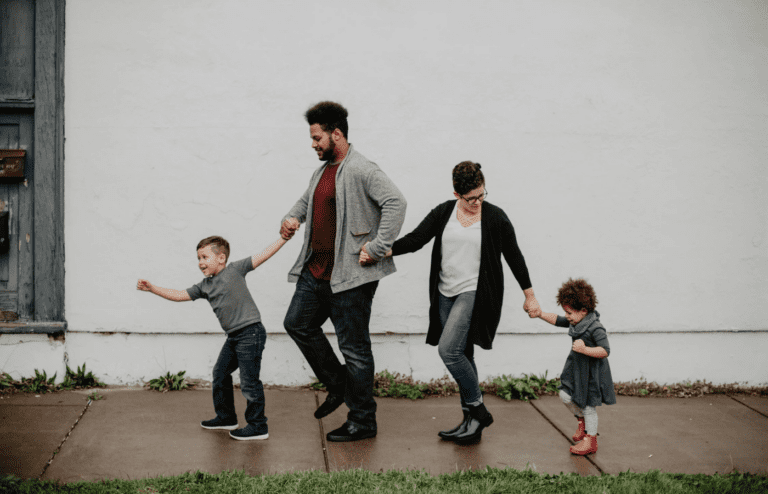In This Article…
• Self-hypnosis involves visualization and relaxation techniques.
• Symptoms of stress, anxiety, pain, insomnia, and more have shown improvement through self-hypnosis.
• Self-hypnosis can also be used to improve focus and motivation and achieve goals such as weight loss, learning, and more.

Hypnosis and Hypnotherapy
Hypnosis employs a variety of relaxation and visualization techniques. It is a trance-like state of focused concentration and deep relaxation.
Modern practices of hypnotherapy evolved out of the work of Franz Mesmer. The practice was originally called mesmerism. Mesmer had termed it “animal magnetism.”
People under the effect of hypnosis have increased attention, concentration, suggestibility, and focus. They also have a changed state of awareness and are calm. Under hypnosis, people can also have vivid fantasies.
Read More: Why You Procrastinate and What to Do About It
Hypnotherapy is typically conducted under the supervision of a hypnotherapist or psychologist. According to studies, improvement and recovery from issues are seen in 93% of patients after five sessions.
The benefits of hypnotherapy include:
- Less anxiety
- Stress relief
- Trauma resolution
- Pain control
- Making behavioral changes
- Easing the side effects of cancer treatment, easing mental health conditions
- Managing or reducing fears and phobias
- Regaining emotional balance
- Greater self-confidence
- Increased assertiveness
- Improving relationships
- Improved ability to set boundaries
What Is Self-Hypnosis?
Self-hypnosis came about when Mesmer successfully hypnotized himself. It is believed he taught self-hypnosis practices to others.
Just as it sounds, self-hypnosis refers to placing one’s self in a hypnotic state without requiring the assistance of a hypnotist.
Self-hypnosis can be used as a self-help tool to treat several conditions, as well as focus the mind toward positive behaviors and the achievement of goals.
Potential Benefits of Self-Hypnosis
- Improved sleep
- Weight loss
- Pain management
- Reducing stress
- Easing anxiety
- Increasing self-confidence
- Quitting smoking
- Boosting mindfulness
Read More: 10 Personal Victories That Lead to Success
A Guide to Self-Hypnosis
The following steps will guide you through inducing a state of self-hypnosis.
1. Set a Goal for Your Self-Hypnosis
What do you want to achieve through your hypnosis session? Identify and focus only on one goal per session.
2. Make Yourself Comfortable
It’s first necessary to get yourself in a comfortable state. One way of doing this is by wearing comfortable clothing that helps you feel at ease and relaxed. Change out of or remove any clothing that feels tight, heavy, stiff, or scratchy.
3. Settle in a Comfortable Spot
Typically, a comfortable spot will be a quiet room. Somewhere where no one will disturb you. Settle where you can sit comfortably. Make sure to be in a position where your back is supported and you won’t feel cramped. Silence/mute all your electronic devices and place them where they will not disturb you.
4. Focus Your Gaze
Find something simple that you can focus your line of sight on. For example, light a candle and focus on the flame. It could also be a picture on the wall. The point is to focus on this one thing so that your attention is not distracted elsewhere.
5. Slow, Deep Breathing
Next, you’ll use a slow, deep breathing technique to pull you into the hypnotic state. Start by inhaling through your nose and exhaling slowly through your mouth. Keep your eyes on your focus point. Continue breathing, and each time you exhale, imagine that your eyelids are becoming heavier. Continue until they feel too heavy to keep open.
6. Relaxation and Mind Focus
Now that your eyes are closed, continue the slow, deep breathing techniques. Concentrate on your breath to prevent your thoughts from wandering. If your awareness drifts away, return your mental focus to your breath. If any part of your body feels tense, each time you exhale, imagine the tension easing.
7. Visualization
Since your eyes are closed, it’s time to focus on your mental visualization. Create a peaceful “happy place” in your mind. For example, you might imagine yourself walking along the beach or in some other relaxed and serene place.
8. Keep Focused on Serenity
As your visualization pulls you into a peaceful place, imagine your body becoming very heavy, as it does when you’re about to fall asleep. Imagine yourself sinking deeper into your chair or wherever you are sitting.
9. Reinforce Your Relaxation
To keep yourself relaxed and in your serene place, repeat a mantra such as: “I am at peace,” or “I am calm.”
10. Focus on Your Goal
Once you have calmed yourself completely, it’s time to focus on the goal you have set for your self-hypnosis session. Visualize your goal. Make the scene as vivid as possible. For example, if your goal was to lose weight, imagine that desserts no longer appeal to you. Imagine feelings of hunger going away. Feel a lightness in your being. Imagine yourself taking a long walk through the park. Imagine pleasure in the sun on your skin. The fresh air. The singing of birds.
11. Affirm Your Goal
Imagine yourself achieving your goal. Mentally repeat it. For example, “I no longer crave desserts.” “I don’t want a second helping.” “I don’t want to snack.” “I’m excited about exercising.” Repeat these words. Make sure to be compassionate toward yourself and not chastise yourself about the habit you are trying to break. Instead, encourage yourself. “I’m strong.” “I can do this.” “I will do this.”
12. Winding Down the Session
When you’re ready to wind down the session, allow your body to return to normal. Give yourself at least five minutes to prepare to leave the hypnotic state. As you breathe in, imagine yourself inhaling energy from the world around you. As you exhale, imagine that energy has flowed through your veins. With each breath, imagine your limbs leaving the heavy state, and feeling lighter as they returned to normal.
13. Ending the Session
When you’re ready to leave the hypnotic state and wake yourself, start by counting down from ten. Say to yourself, “When I reach one, I will open my eyes, and I will be energized and alert.”








